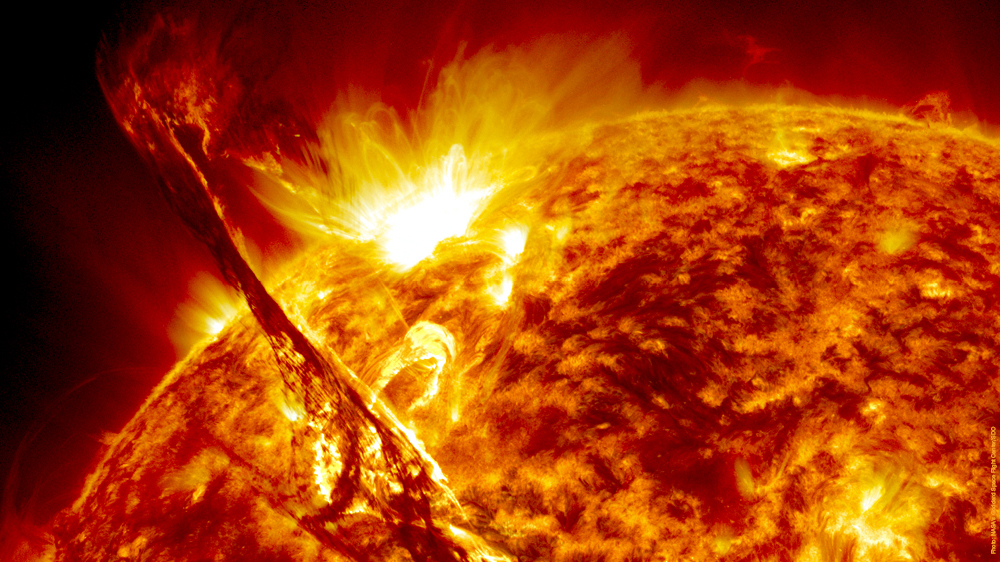Professor Rony Keppens
This year’s Rosseland Lecture will be held by Professor Rony Keppens, Centre for mathematical Plasma Astrophysics (CmPA), KU Leuven, Belgium.
Professor Rony Keppens is an astrophysicist who has specialised in numerical simulations of plasma phenomena. His research centers on both computational and analytical magnetofluid-dynamics, with an eye towards astrophysically relevant applications (stellar winds, astrophysical jets, accretion disk dynamics, solar prominences). He was a Falling Walls 2021 Science Breakthrough of the year nominee (finalist among 30) in the category Physical sciences. He has given lectures on Computational Methods for Astrophysical Applications at numerous summer schools around the world (in Oslo in 2003 and 2007). He has had professor-level appointments in universities in Utrecht, Paris, Nanjing and Kumming. He is the principal investigator of the European Research Council project PROMINENT.
Where hot meets cool: the many faces of our solar atmosphere
The solar atmosphere is a unique laboratory for studying the most abundant state of matter: plasma. This charged-mixed material is governed by classical physical laws: Newton’s and Lorentz’ insights, mixed with Maxwell’s equations. Still, the thermodynamical state of the solar corona is extremely puzzling: why does the temperature shoot up to millions of degrees at about 2000 km above the solar surface? In violent solar flares, temperatures locally go through the roof: they reach several tens to hundred million degrees. Still, minutes to hours later, the same region may show a coronal rain shower where cool material – of order 10000 degrees – is draining mostly down to the solar surface. This rain is also abundant in quieter regions and loops in the solar atmosphere, and its in-situ formation signals a runaway process where radiative losses and heating compete. This runaway similarly governs the most intriguing, cool component found throughout the solar corona: solar filaments or prominences. These giant, cool and dense plasma clouds get ejected during coronal mass ejections, while a typical prominence easily outweighs our Earth population in mass (and the Earth itself in size). In this talk, Keppens will review modern insights from observations and computational modeling that address these puzzling multi-temperature facets of our solar atmosphere.
The Rosseland Lecture
The Rosseland Lecture is held annually by the Institute of Theoretical Astrophysics, University of Oslo, in memory of Norway’s foremost astrophysicist, and founder of our institute, Professor Svein Rosseland (1894 – 1985). The Rosseland Lecturers are internationally renowned, outstanding astrophysicists. The Rosseland Lectures hold a semi-popular level and are open for all.
